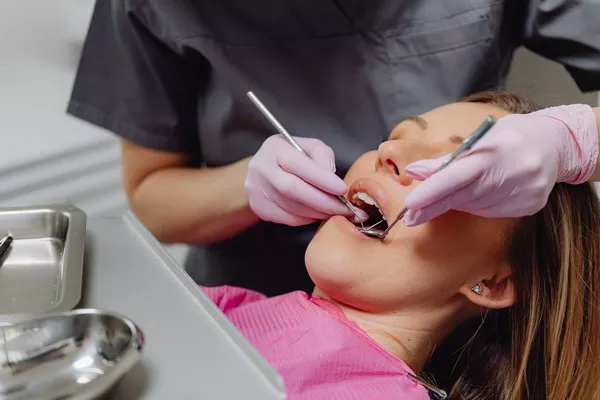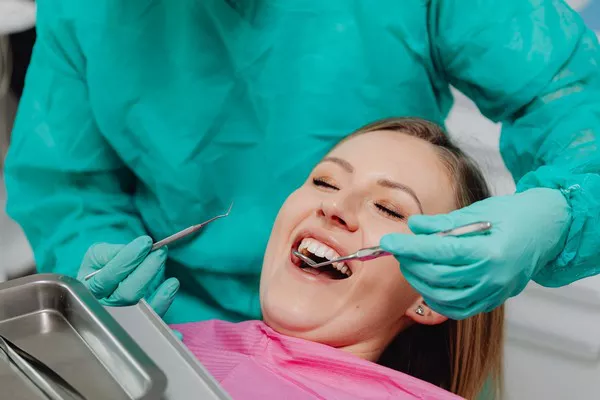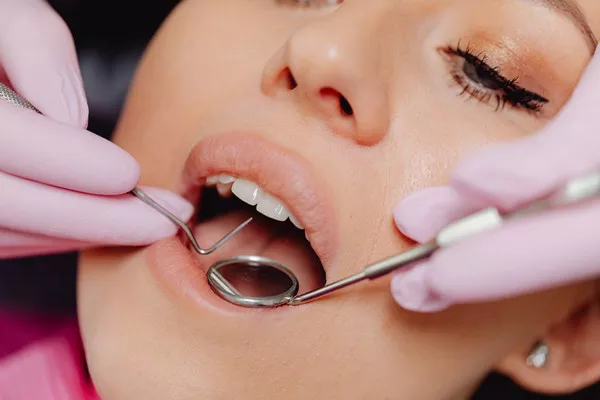Gingivitis, an early stage of gum disease, affects millions of people worldwide. Characterized by red, swollen gums and occasional bleeding, this condition, if left untreated, can progress to more severe forms of periodontal disease, leading to tooth loss. However, the good news is that gingivitis is reversible with proper treatment and oral hygiene practices. In this article, we will delve into the various effective treatments for gingivitis.
Professional Dental Cleaning
The cornerstone of treating gingivitis is a professional dental cleaning performed by a dentist or dental hygienist. This procedure, commonly known as scaling and root planing, involves the removal of plaque and tartar buildup from the gumline and tooth surfaces. By eliminating these bacterial deposits, the inflammation in the gums can be significantly reduced, promoting healing and preventing further damage.
Improved Oral Hygiene Practices
Maintaining excellent oral hygiene is crucial in the treatment and prevention of gingivitis. The following practices are key components of an effective oral care routine:
a. Regular brushing: Brush your teeth at least twice a day using a soft-bristled toothbrush and fluoride toothpaste. Ensure that you clean all tooth surfaces and along the gumline with gentle, circular motions.
b. Flossing: Clean between your teeth daily using dental floss or interdental cleaners to remove plaque and debris from areas that cannot be reached by a toothbrush. Proper flossing technique is essential to prevent gum damage.
c. Mouthwash: Rinse your mouth with an antimicrobial mouthwash after brushing and flossing. Choose a product specifically formulated to combat gingivitis, as recommended by your dentist.
d. Tongue cleaning: Gently brush or scrape your tongue to remove bacteria and freshen your breath.
e. Regular dental check-ups: Visit your dentist for regular check-ups and professional cleanings every six months or as recommended by your oral healthcare provider.
Medications
In some cases, your dentist may prescribe medications to aid in the treatment of gingivitis. These include:
a. Antibacterial mouthwash: Chlorhexidine mouthwash is commonly prescribed to reduce bacterial activity in the mouth. It can help control plaque formation and assist in healing inflamed gums. However, long-term use should be done under dental supervision due to potential side effects such as tooth staining.
b. Antiseptic gels and ointments: Topical medications containing antimicrobial agents may be recommended to apply directly to the gum tissue for localized treatment.
c. Oral antibiotics: In severe cases of gingivitis, oral antibiotics may be prescribed to combat infection and reduce inflammation.
Lifestyle Modifications
Certain lifestyle factors can contribute to the development and progression of gingivitis. Making the following changes can aid in its treatment:
a. Quit smoking: Smoking weakens the immune system and impairs blood flow, hindering the body’s ability to fight gum infections. Quitting smoking can improve gum health and promote healing.
b. Healthy diet: A balanced diet rich in vitamins and minerals, particularly vitamin C, can boost your immune system and support gum health. Avoid sugary snacks and beverages that can promote bacterial growth.
c. Stress management: Stress can weaken the immune system, making it harder for your body to fight off infections. Incorporate stress-reducing activities into your daily routine, such as exercise, meditation, or hobbies.
Periodontal Therapy
If gingivitis progresses to periodontitis (advanced gum disease), more extensive treatments may be required. These include:
a. Scaling and root planing:
Similar to the initial treatment for gingivitis, this procedure is performed in more advanced cases to remove tartar and bacteria from deep pockets formed around the teeth.
b. Periodontal surgery: In severe cases where scaling and root planing alone are insufficient, surgical intervention may be necessary to reduce pocket depths and regenerate lost bone and gum tissue.
c. Laser therapy: Minimally invasive laser treatments can be utilized to remove infected tissue and stimulate healing without the need for traditional surgery.
Conclusion
Gingivitis, although common, can be effectively treated with the appropriate interventions. Prompt professional dental care, coupled with improved oral hygiene practices and lifestyle modifications, can reverse the condition and restore gum health. Regular dental check-ups are essential for early detection and prevention of gum disease. Remember, maintaining good oral hygiene and making healthy choices contribute not only to strong teeth but also to your overall well-being.
Related Topics:




























